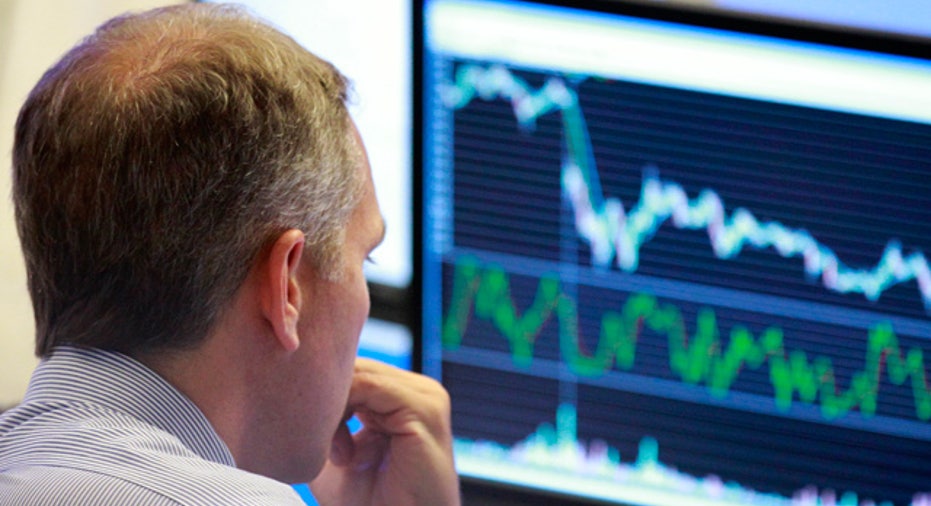Ebola? ISIS?! What's REALLY Behind Wall Street’s Volatility?

Pop quiz:
In the past month the Dow Jones Industrial Average has swung from a high of 17,210.06 on Sept. 24, to a low of 16,117.24 on Oct.16. Although the numbers aren’t dramatic, the intraday trading has been extreme at times.
This wild fluctuation can be attributed to:
a. The Ebola crisis.
b. The Islamic State’s surge in Iraq and Syria.
c. The upcoming midterm elections.
d. None of the above.
e. It’s a stupid question.
Time’s up. The correct answer is d, none of the above. Bonus points if you also picked e, because, yes, it is a stupid question.
I'm always amazed when the stock market tanks – and when it surges, too – that the “experts” feel they need to assign reasons for the swing that truly have no rational thinking behind them.
One morning last week, as stocks were tumbling, I kept hearing that the selloff was due to the Ebola scare. A Liberian man had died in a hospital in Dallas, two people who worked in the hospital had become infected, and Wall Street was the greatest casualty. But a few hours later the market had rebounded, and suddenly people were saying its 180° change was due to one person at the Federal Reserve insinuating that we might need more stimuli.
Wrong before and wrong after. Just plain dumb and dumber. For whatever reason, the talking heads feel compelled to assign “logical” reasons for the market’s wild fluctuations. But every one of their explanations absolutely ignores what's really behind Wall Street’s volatility: computer-generated models that ignite sell and buy programs faster than the blink of an eye.
It is hard to comprehend the degree to which today’s stock market minute by minute moves are controlled by computers. Break points, support levels, resistance levels, upside-down shoulder patterns, cup and handle formations … The computers crunch the numbers, hit their support and resistance levels, buy and sell according to their programming algorithms – and the market follows.
So last week the market finally corrected what had been a joyride for most of the year, and everybody decided to blame Ebola. But think about that for a moment. Ebola right now has zero economic impact on the earnings of any industry. The explanation may sound good, but it has no rational thinking to support it.
More and more I’m finding that my friends in this industry are trying to explain things in terms people will understand. Whether it’s accurate or even makes sense appears to be irrelevant. Anybody who says – or even thinks – Ebola or ISIS or the midterm elections or anything else can cause minute-to-minute or hour-to-hour fluctuations in the stock market is just flat-out wrong.
There isn’t a single relevant professional in the financial world who believes Ebola was behind the recent downturn. The proof is that Ebola is still out there, and the market is heading north again.
The professionals know the truth: Fluctuations are just moments in the stock market, and they signal that it’s time to make a move.
That is how traders think. If they see a trend, they jump on it. When the train reverses, they jump on that.
That is technical trading at its best and worst.



















